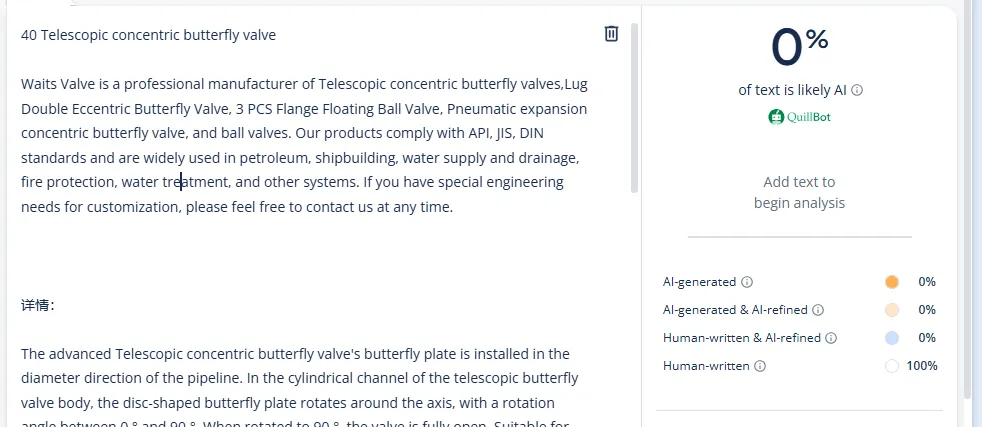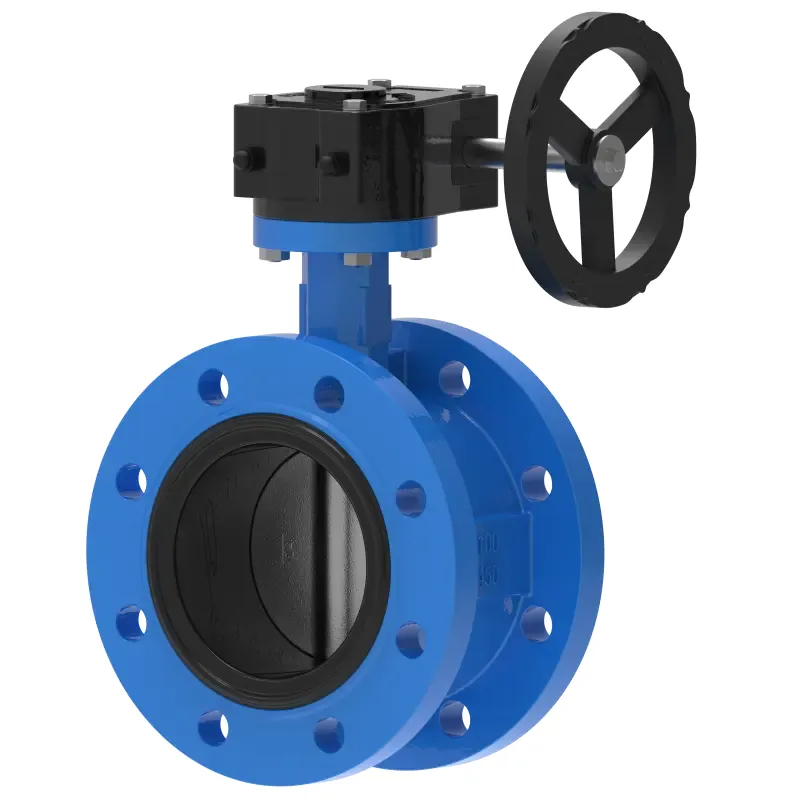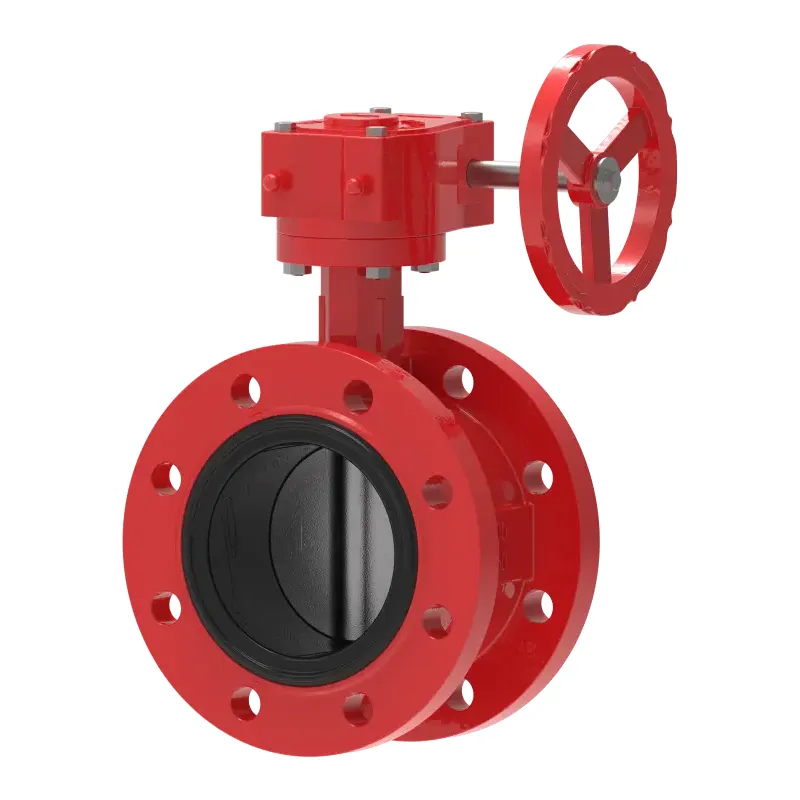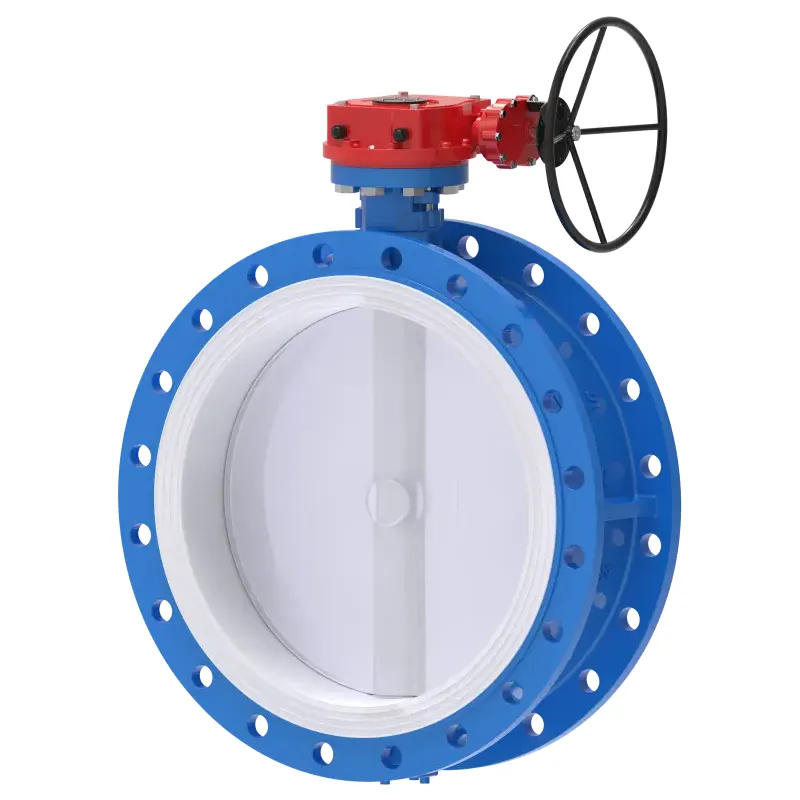- English
- Esperanto
- беларускі
- Hrvatski
- ქართული
- Монгол хэл
- O'zbek
- Հայերեն
- Sundanese
- Español
- Português
- русский
- Français
- 日本語
- Deutsch
- tiếng Việt
- Italiano
- Nederlands
- ภาษาไทย
- Polski
- 한국어
- Svenska
- magyar
- Malay
- বাংলা ভাষার
- Dansk
- Suomi
- हिन्दी
- Pilipino
- Türkçe
- Gaeilge
- العربية
- Indonesia
- Norsk
- تمل
- český
- ελληνικά
- український
- Javanese
- فارسی
- தமிழ்
- తెలుగు
- नेपाली
- Burmese
- български
- ລາວ
- Latine
- Қазақша
- Română
- Srpski језик
- Wafer Concentric Butterfly Valve
- Lug-Wafer Concentric Butterfly Valve
- Flange Concentric Butterfly Valve
- Double Eccentric Butterfly Valve
- Bronze Butterfly Valve
- Ball Valve
- Concentric Butterfly Valve
- PTFE Lined Butterfly Valve
- Gate Valve
- Globe Valve
- Butterfly Valve
- Cryogenic Valve
- Check Valve
- Automatic Control Valve
- PTFE Lined Valve
- Aluminum Bronze Valve
- Strainer Valve
Expansion Joint Concentric Butterfly Valve
Waits Valve is a professional manufacturer of Telescopic concentric butterfly valves,Lug Double Eccentric Butterfly Valve, 3 PCS Flange Floating Ball Valve, Pneumatic expansion concentric butterfly valve, and ball valves. Our products comply with API, JIS, DIN standards and are widely used in petroleum, shipbuilding, water supply and drainage, fire protection, water treatment, and other systems. If you have special engineering needs for customization, please feel free to contact us at any time.
Send Inquiry
The advanced Telescopic concentric butterfly valve's butterfly plate is installed in the diameter direction of the pipeline. In the cylindrical channel of the telescopic butterfly valve body, the disc-shaped butterfly plate rotates around the axis, with a rotation angle between 0 ° and 90 °. When rotated to 90 °, the valve is fully open. Suitable for temperatures ≤ 80 ℃, used in petroleum, chemical, food, pharmaceutical, textile, papermaking, power, water supply and drainage, gas pipelines to regulate flow, intercept media, and compensate for pipeline thermal expansion and contraction.

Advantages:
Telescopic concentric butterfly valve (with a structure that can extend within a certain range of length) not only facilitates valve disassembly, but also reduces pipeline stress and protects the valve. At the same time, it also compresses the installation method of butterfly valves and expansion joints, making the space more compact. Normally, these types of valves do not require special maintenance and only require regular observation of the expansion and contraction parts for leaks and detachment.
The installation method of the Telescopic concentric butterfly valve has great advantages, as only the expansion joint needs to be disassembled, which saves a lot of maintenance space and achieves valve free maintenance (butterfly valves are heavier, expansion joints are lighter, and labor intensity is lower).
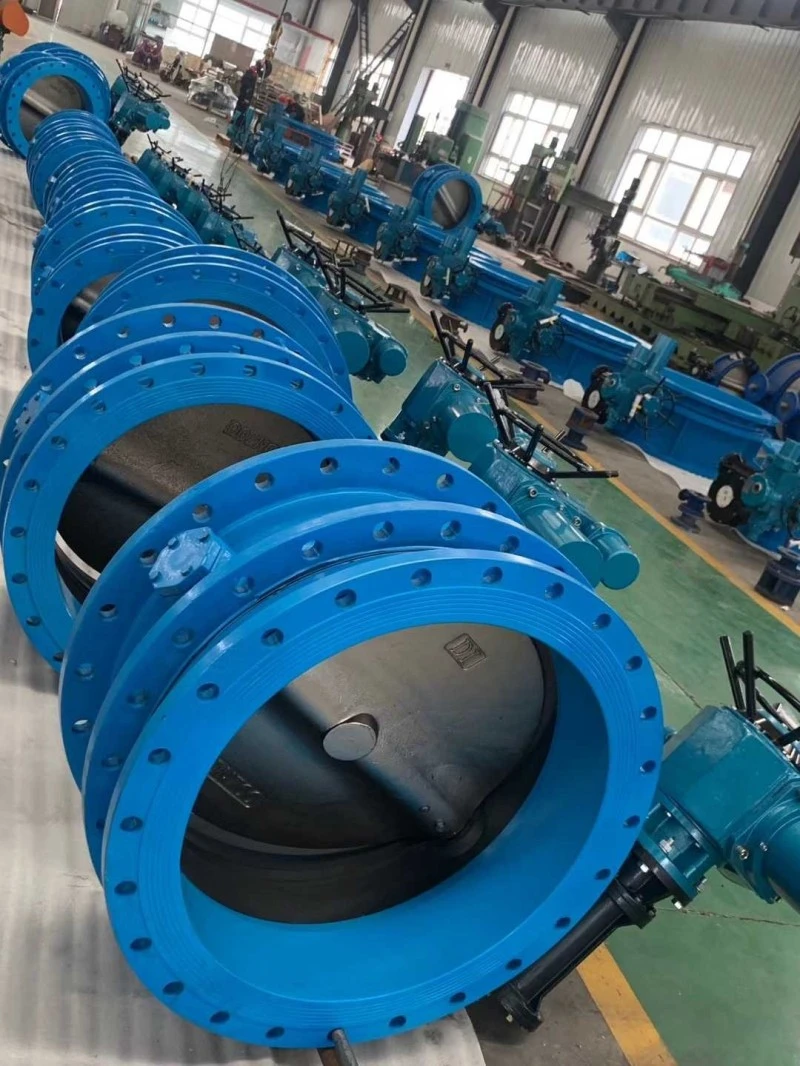
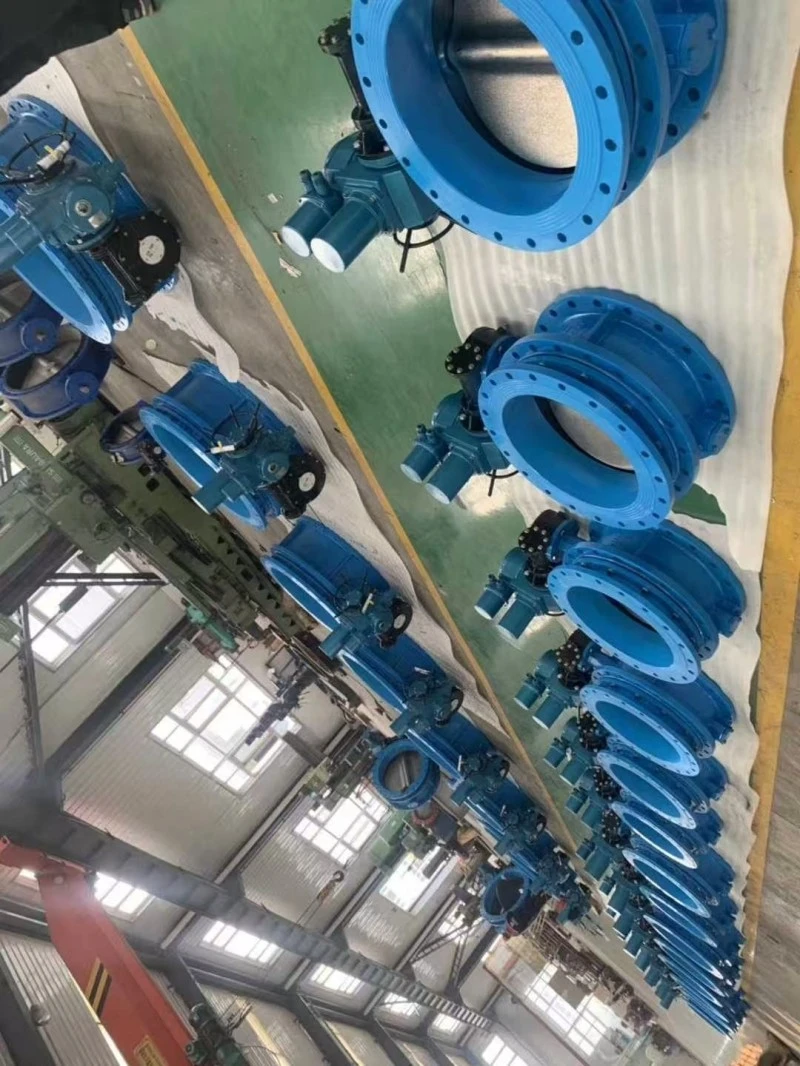
Installation precautions:
1. It is strictly prohibited to dismantle butterfly valves with disassembled expansion flanges at the pipeline construction site; It is strictly prohibited to repeatedly lengthen or shorten the telescopic butterfly valve on site.
2. The pipes at both ends of the expansion valve must be concentric, and the two flange surfaces on the pipes must be parallel;
3. The flange fixing bolts should be tightened symmetrically, and do not tighten the flange fixing bolts with force on one side;
4. The expansion pipe is installed behind the valve;
5. The expansion part of the expansion valve shall not be installed at the corner or end of the pipeline.
6. The expansion flange butterfly valve must be placed flat before installation and should not be bumped at will;
7. The structural length of the Telescopic concentric butterfly valve is the minimum length at the factory and is pulled to the installation length (i.e. design length) during installation;
When the length between pipelines exceeds the installation length of the expansion butterfly valve, please adjust the pipeline spacing and do not forcefully pull the expansion valve to avoid damaging it;
9. The butterfly valve of the Telescopic concentric butterfly valve can be installed in any position. When used for temperature compensation, after the pipeline installation is completed, brackets should be installed at both ends along the pipeline axis to prevent the expansion valve expansion pipe from being pulled out. The support force of the bracket is calculated according to the following formula, and it is strictly prohibited to remove the bracket during operation;
How to choose:
The structural form of the Telescopic concentric butterfly valve is divided into two types: concentric telescopic butterfly valve and eccentric telescopic butterfly valve. According to the different operating mechanisms, it can be divided into worm gear driven telescopic butterfly valves, pneumatic telescopic butterfly valves, and electric telescopic butterfly valves.
According to the different sealing materials, it is divided into soft sealed telescopic butterfly valves and metal hard sealed telescopic butterfly valves.
Telescopic concentrated butterfly valves are typically used for clean water pipelines with temperatures T>80 ℃, and the pipelines are non corrosive. Hard sealed telescopic butterfly valves are commonly used in steam heat transfer pipelines with temperatures T>425 ℃. Therefore, when choosing a telescopic butterfly valve, it is necessary to clarify the medium, temperature, pressure, etc. in order to make the correct choice.
